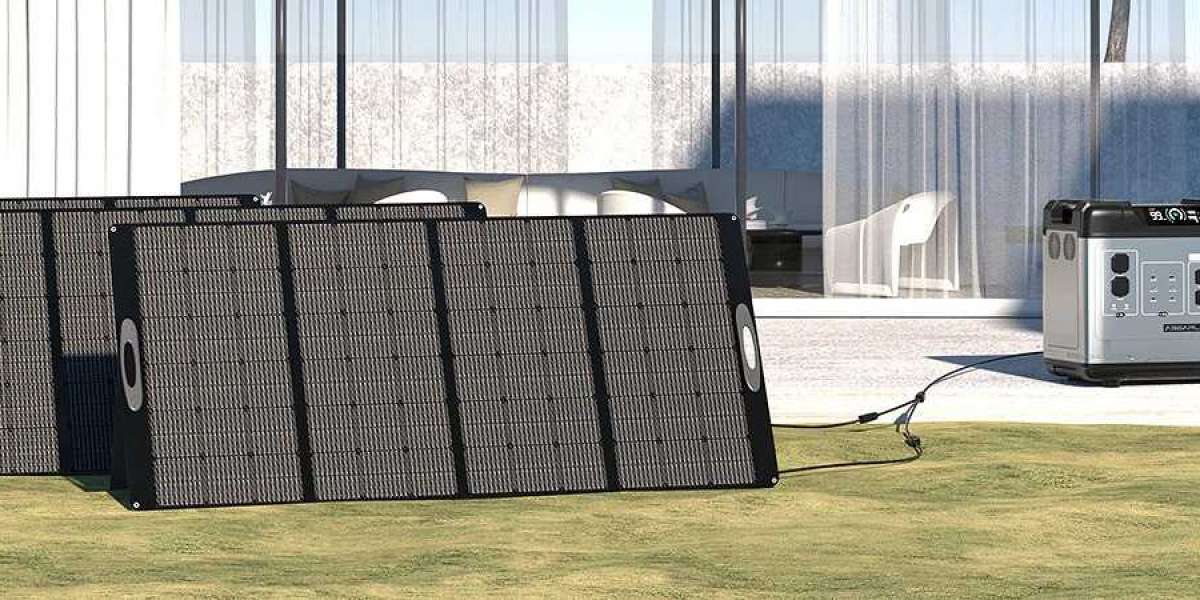Solar generators are increasingly popular for their clean, renewable energy capabilities and flexibility. However, their performance can be significantly affected by weather conditions. Understanding how different weather factors impact solar generators can help you optimize their use and ensure reliable power generation. This article explores the impact of various weather conditions on solar generator performance and provides tips for maximizing efficiency.
1. Sunlight Exposure
Impact: Solar generators rely on sunlight to charge their batteries. The amount of sunlight available directly influences the amount of energy generated.
- Clear, Sunny Days: On sunny days, solar panels receive maximum sunlight, leading to optimal charging and power generation. This is the ideal condition for solar generators, allowing them to charge quickly and efficiently.
- Cloudy Days: Overcast or cloudy weather reduces the intensity of sunlight reaching the solar panels. While solar panels can still generate power in cloudy conditions, the output is significantly reduced. The generator may take longer to charge and provide less power.
Tips for Maximizing Efficiency:
- Adjust Panel Angle: Adjust the angle of the solar panels to capture as much sunlight as possible, even on cloudy days.
- Use High-Efficiency Panels: Invest in high-efficiency solar panels that perform better in low-light conditions.
2. Temperature Extremes
Impact: Extreme temperatures can affect the efficiency and lifespan of solar generator.
- High Temperatures: Excessive heat can cause solar panels to overheat, reducing their efficiency. High temperatures can also impact the battery life, causing it to degrade more quickly. Solar generators often have built-in cooling systems to mitigate heat, but prolonged exposure to high temperatures can still affect performance.
- Low Temperatures: Cold temperatures can reduce the efficiency of solar panels and slow down the charging process. Batteries in solar generators can also experience reduced performance in cold weather, leading to shorter run times and slower charging.
Tips for Maximizing Efficiency:
- Ventilation and Cooling: Ensure proper ventilation around the solar panels and generator to help dissipate heat. Use cooling systems if necessary.
- Insulate Batteries: Protect batteries from extreme cold by insulating them or using battery heaters designed for cold weather conditions.
3. Rain and Snow
Impact: Precipitation can affect solar generator performance by obstructing sunlight and causing accumulation on panels.
- Rain: Rain can wash away dirt and debris from solar panels, which can help maintain efficiency. However, heavy rain or persistent showers can reduce sunlight exposure and slow down charging.
- Snow: Snow can block sunlight from reaching the solar panels, leading to reduced power generation. The weight of snow can also potentially damage the panels if not properly managed.
Tips for Maximizing Efficiency:
- Regular Cleaning: Regularly clean solar panels to remove any debris or snow that could obstruct sunlight. For snow, gently brush off accumulated snow to restore efficiency.
- Tilt Panels: Install solar panels at an angle to prevent snow and rain from accumulating on the surface.
4. Wind and Storms
Impact: High winds and storms can pose physical risks to solar panels and generators.
- Wind: Strong winds can cause physical damage to solar panels or cause them to become misaligned. Wind can also blow debris onto the panels, which can reduce their efficiency.
- Storms: Severe storms, including hail and heavy rain, can damage solar panels and other components of the solar generator system. Lightning strikes can also pose a risk to the electrical components.
Tips for Maximizing Efficiency:
- Secure Installation: Ensure that solar panels and generators are securely mounted and anchored to withstand high winds and storms.
- Protective Covers: Use protective covers or enclosures for solar panels and electrical components during severe weather to prevent damage.
5. Humidity and Corrosion
Impact: High humidity levels and exposure to moisture can lead to corrosion and affect the longevity of solar generator components.
- Corrosion: Prolonged exposure to high humidity can cause corrosion of metal parts and connections, leading to decreased performance and potential failures.
- Moisture: Moisture can affect the electrical components of solar generators, causing malfunctions or reducing efficiency.
Tips for Maximizing Efficiency:
- Use Weather-Resistant Materials: Choose solar panels and generator components made from weather-resistant and corrosion-resistant materials.
- Regular Maintenance: Perform regular maintenance to check for signs of corrosion or moisture damage and address any issues promptly.
Conclusion
Weather conditions play a significant role in the performance of solar generators. Sunlight exposure, temperature extremes, precipitation, wind, storms, and humidity can all impact the efficiency and reliability of solar power systems. By understanding these impacts and implementing strategies to mitigate their effects, you can optimize the performance of your solar generator and ensure a consistent and reliable power supply. Regular maintenance, proper installation, and using weather-resistant materials can help your solar generator perform effectively across various weather conditions.






